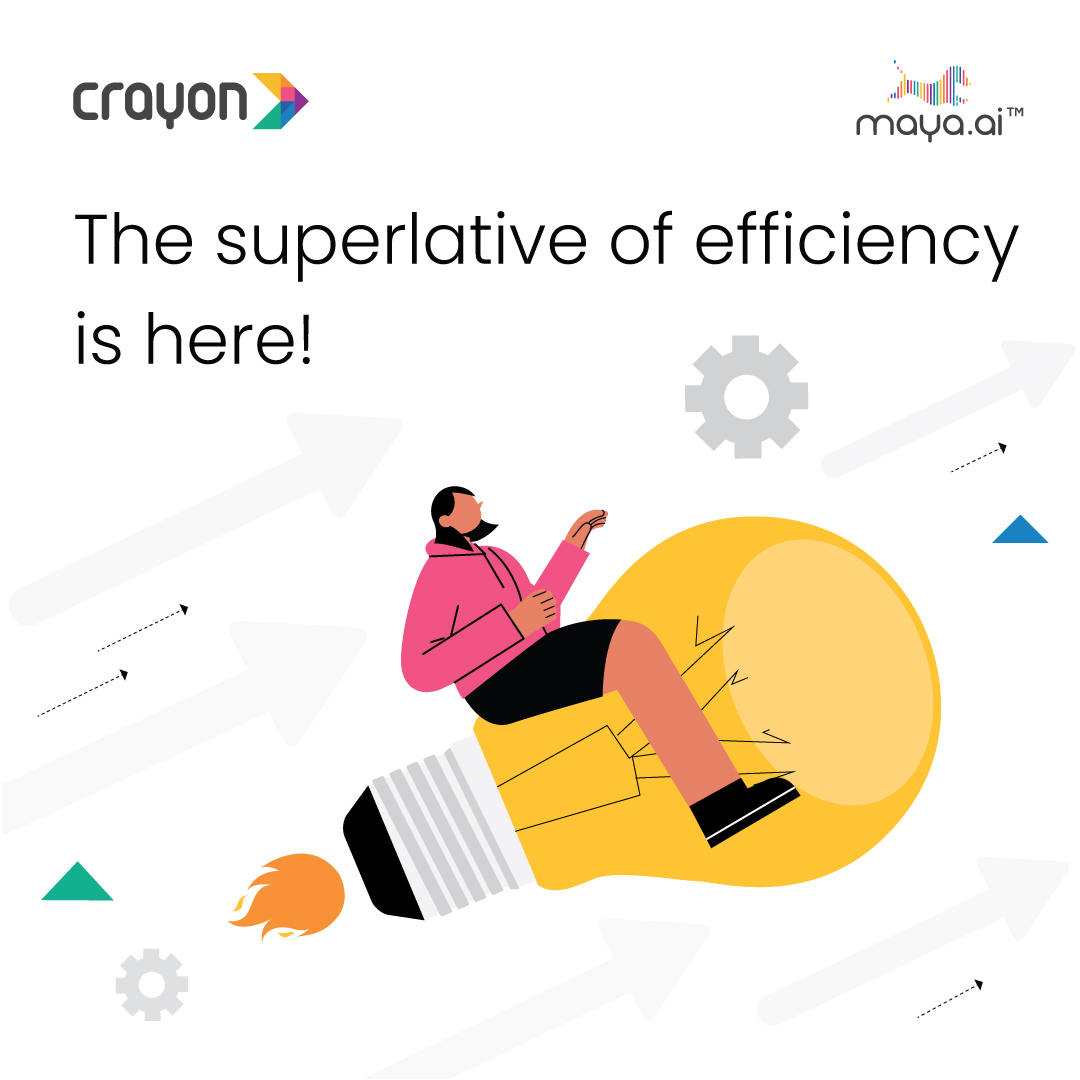The Consumer Electronics Show (CES), held in Las Vegas each January, reveals tech vendors’ latest visions of the future. This year many of them were marketing a vision replete with wearable devices.
Market analysts also envision a bright future for wearable tech. Deloitte analysts said in January that “smart glasses, fitness bands and watches should sell about 10 million units globally in 2014, generating £2bn”. Credit Suisse reckons the entire market will be worth $50bn by 2018.
Along with the burgeoning consumer market, device manufacturers and suppliers are targeting the nascent business market. This encompasses ‘business’ devices designed for specific types of industries, such as sensors built into construction helmets for assessing job site safety; and consumer gadgets used by the enterprise, such as airport workers wearing smartglasses to enable hands-free working and remote interaction with IT systems.




